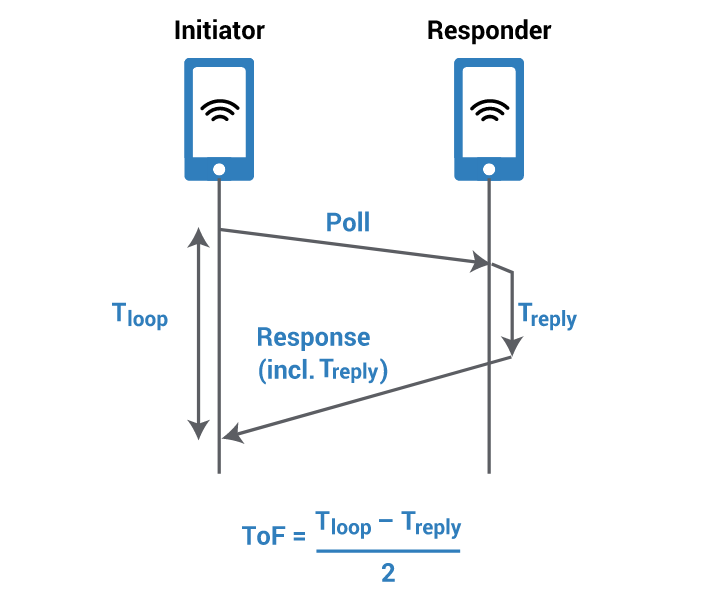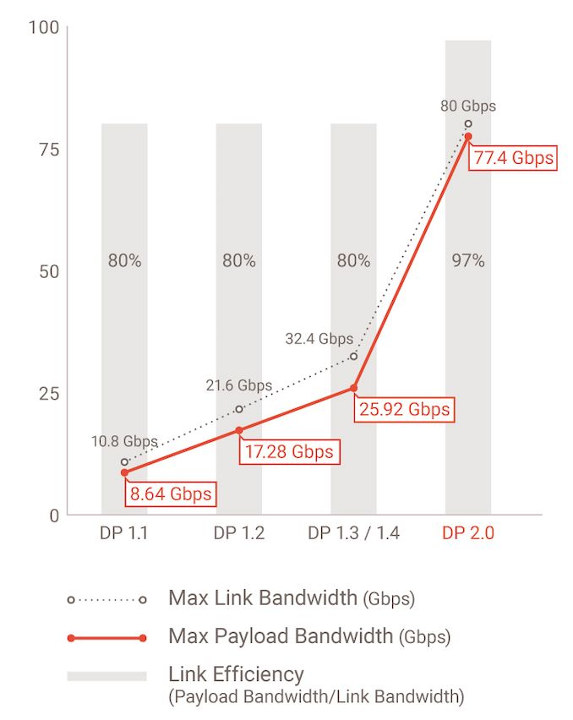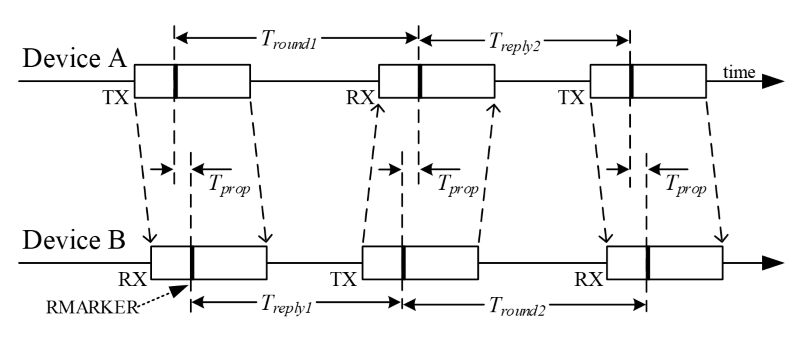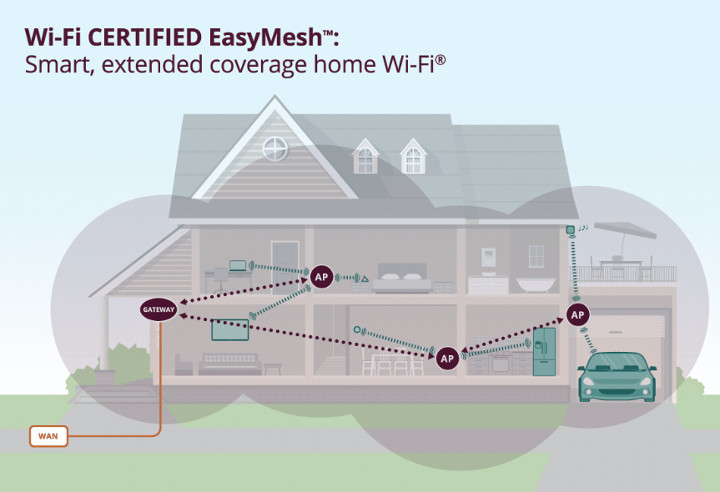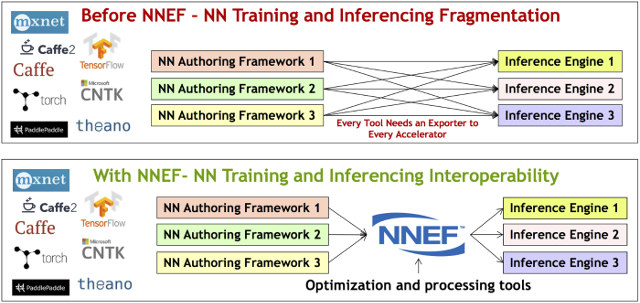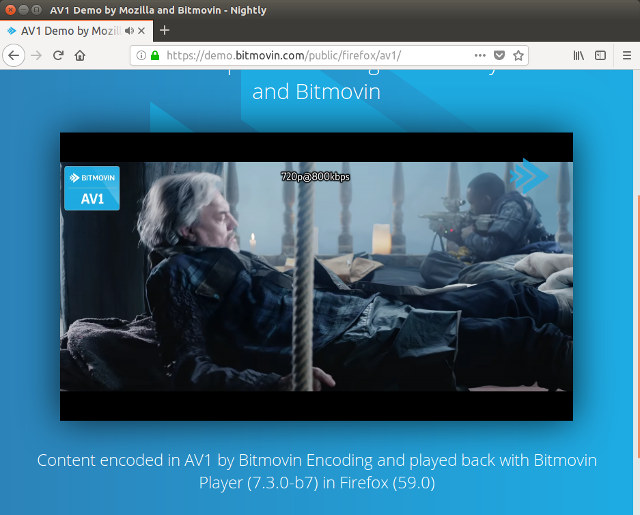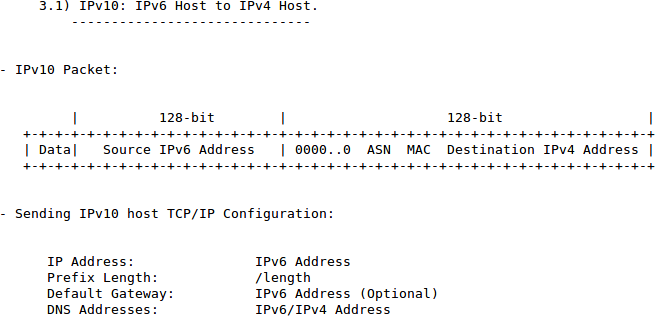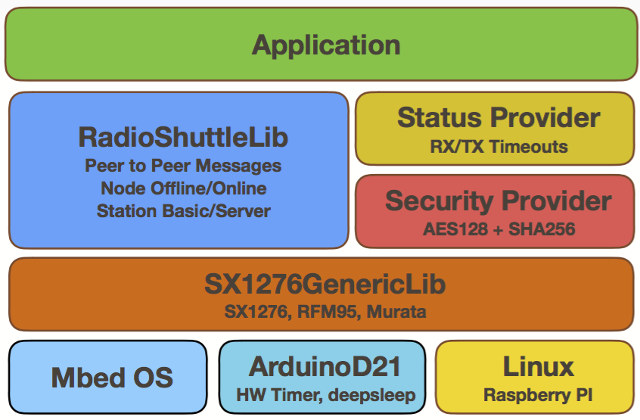The FiRa Consortium has just been established by the ASSA ABLOY Group which includes HID Global, and NXP Semiconductors, Samsung Electronics, and Bosch, and joined by Sony Imaging Products & Solutions Inc, LitePoint and the Telecommunications Technology Association (TTA) in order to grow the Ultra-Wideband (UWB) ecosystem providing accurate positioning for a variety of mobile and consumer applications. The FiRa stands for “Fine Ranging”, and UWB technology relies on the IEEE 802.15.4z standard that provides real-time centimeter accuracy indoor positioning. The consortium claims “UWB technology outperforms other technologies in terms of accuracy, power consumption, robustness in RF connection, and security, by a wide margin”, especially in challenging environments. The main roles of the FiRa Consortium will be to develop an interoperability standard, and promote the development of UWB applications. Some of the use cases include: Seamless Access Control – UWB can identify an individual’s approach toward or away from a […]
DisplayPort 2.0 to Support 16K Displays thanks to its 80 Gbps Bandwidth
4K monitors and TVs are now very common, and 8K displays, media players and camera are just coming to market and there’s still pretty expensive and content is basically nonexistent. 8K displays must be quite large or viewers must sit really close to get any benefit over 4K, but some people think 16K displays will be a thing in the not-to-distant future. Announced in 2016, DisplayPort 1.4 took care of 8K 60Hz output thanks to a 32.4 Gbps link bandwidth and compression, but the Video Electronics Standards Association (VESA) has now announced DisplayPort 2.0 standard with support for one 16K display at up to 60 Hz, or two 4K displays at up to 144 Hz with HDR thanks to a 80 Gbps link bandwidth / 77.4 Gbps payload bandwidth. DisplayPort 2.0 will work with either native DP connectors or USB Type-C connectors with DisplayPort Alt Mode for video and audio. […]
802.15.4z Standard to Provide Real-time Centimeter Accuracy Indoor Positioning
GNSS (Global Navigation Satellite System) solutions like GPS or Beidou offers outdoor positioning with an accuracy of about 2-in-3 meters in optimal conditions for consumer devices, and starting in 2022, the upcoming GPS III will bring that down to as low as 1 meter again in consumer devices. For that only works for outdoor positioning, and for indoor positioning we’ve already covered WiFi RTT, and Bluetooth proximity beacons. The latter has been around for a while, but does not really provide accurate indoor positioning since they’d usually report the distance with less than 10 meters accuracy, and the lag is fairly large with 3 to 6 seconds needed to estimate the distance. The recently released Bluetooth 5.1 specification addresses this issue by enabling location services accurate to within 10 centimeters thanks to a new direction-finding capability made possible with an antenna array. However, as pointed out by EETAsia, there’s another […]
Wi-Fi EasyMesh is a Standard for WiFi Mesh Networking
It’s been possible for add multiple WiFi routers and/or WiFi repeaters in order to provide good coverage in a house / building for years, so this required some manual configuration. So in recent years, companies came up with WiFi mesh networking solutions that do very much the same, but are easier to setup, and – as I understand it – mostly plug-and-play. Some examples are Google WiFi router or eeRo Pro WiFi system, but apparently so far every company would do their own proprietary WiFi mesh implementation, so you would not be able to mix brands for such features. That’s why the WiFi Alliance worked on, and now announced Wi-Fi EasyMesh, an industry standard for “simple to use, self-organizing, smart Wi-Fi networks”. Key benefits listed by the organization: Flexible design – Allows for best placement of multiple APs providing extended coverage Easy setup – Delivers automatic device on-boarding and configuration […]
Khronos Group Releases Neural Network Exchange Format (NNEF) 1.0 Specification
The Khronos Group, the organization behind widely used standards for graphics, parallel computing, or vision processing such as OpenGL, Vulkan, or OpenCL, has recently published NNEF 1.0 (Neural Network Exchange Format) provisional specification for universal exchange of trained neural networks between training frameworks and inference engines. NNEF aims to reduce machine learning deployment fragmentation by enabling data scientists and engineers to easily transfer trained networks from their chosen training framework into various inference engines via a single standardized exchange format. NNEF encapsulates a complete description of the structure, operations and parameters of a trained neural network, independent of the training tools used to produce it and the inference engine used to execute it. The new format has already been tested with tools such as TensorFlow, Caffe2, Theano, Chainer, MXNet, and PyTorch. Khronos has also released open source tools to manipulate NNEF files, including a NNEF syntax parser/validator, and example exporters, which can […]
Mozilla Adds HTML5 AV1 Video Support to Firefox 59 Nightly Builds
Last year, we wrote about AV1 royalty-free open source video codec managed by the Alliance for Open Media (AOMedia), a non-profit organization with members such as Amazon, Cisco, Google, Intel, Microsoft, Mozilla, and other companies. Eventually AV1 should be 25 to 35% more efficiency than H.265 or VP9, but encoding will be slower, and at the time, my AMD FX8350 based computer could encode CIF (352×288) video at less than 0.5 fps, and I had to use command line tools to encode and decode/playback the videos. But thing are progressing nicely, and it’s now possible to stream AV1 video with HTML5 / in Firefox 59.0 (nightly) using Bitmovin Player. If you are using Ubuntu, you can also install Firefox nightly as follow:
|
1 2 3 |
sudo add-apt-repository ppa:ubuntu-mozilla-daily/ppa sudo apt-get update sudo apt-get install firefox-trunk |
Start it and visit the demo page to stream an AV1 MPEG-DASH/HLS stream in your web browser. It works from 360p @ 200 Kbps up to 720p […]
IPv10 Draft Specification Released for IPv6 <-> IPv4 Communications
The first time I used IPv6 was in 2000 for my final year project, and for many years, we’ve been told that IPv4 32-bit address space was running out, and a transition to 128-bit IPv6 address was necessary, and would happen sooner rather than later. Fast forward to 2017, I’m still using IPv4 in my home network, and even my ISP is still only giving a dynamically allocated IPv4 address each time we connect to their service. Based on data from Google, IPv6 adoption has only really started in 2011-2012, and now almost 20% of users can connect over IPv6 either natively or through IPv4/IPv6 tunneling. But today, I’ve read that IPv10 draft specifications had been recently released. What? Surely with the slow adoption of IPv6, we certainly don’t need yet another Internet protocol… But actually, IPv10 (Internet Protocol version 10) is designed to allow IPv6 to communicate to IPv4, […]
RadioShuttle Network Protocol is an Efficient, Fast & Secure Alternative to LoRaWAN Protocol
LoRaWAN protocol is one of the most popular LPWAN standards used for the Internet of Things today, but some people found it “lacked efficiency, did not support direct node-to-node communication, and was too costly and far too complicated for many applications”, so they developed their own LoRa wireless protocol software called RadioShuttle, which they claim is “capable of efficiently sending messages in a fast and secure way between simple LoRa modules”. Some of the key features of the protocol include: Support for secure or insecure (less time/energy) message transmission, multiple messages transmission in parallel Unique 32-bit device ID (device number) per LoRa member, unique 16-bit app ID (program number for the communication) Security – Login with SHA-256 encrypt password; AES-128 message encryption Air Traffic Control – Nodes only send if no LoRa signal is active on that channel. Optimized protocol – Message delivery within 110 ms (SF7, 125 kHz, free […]


